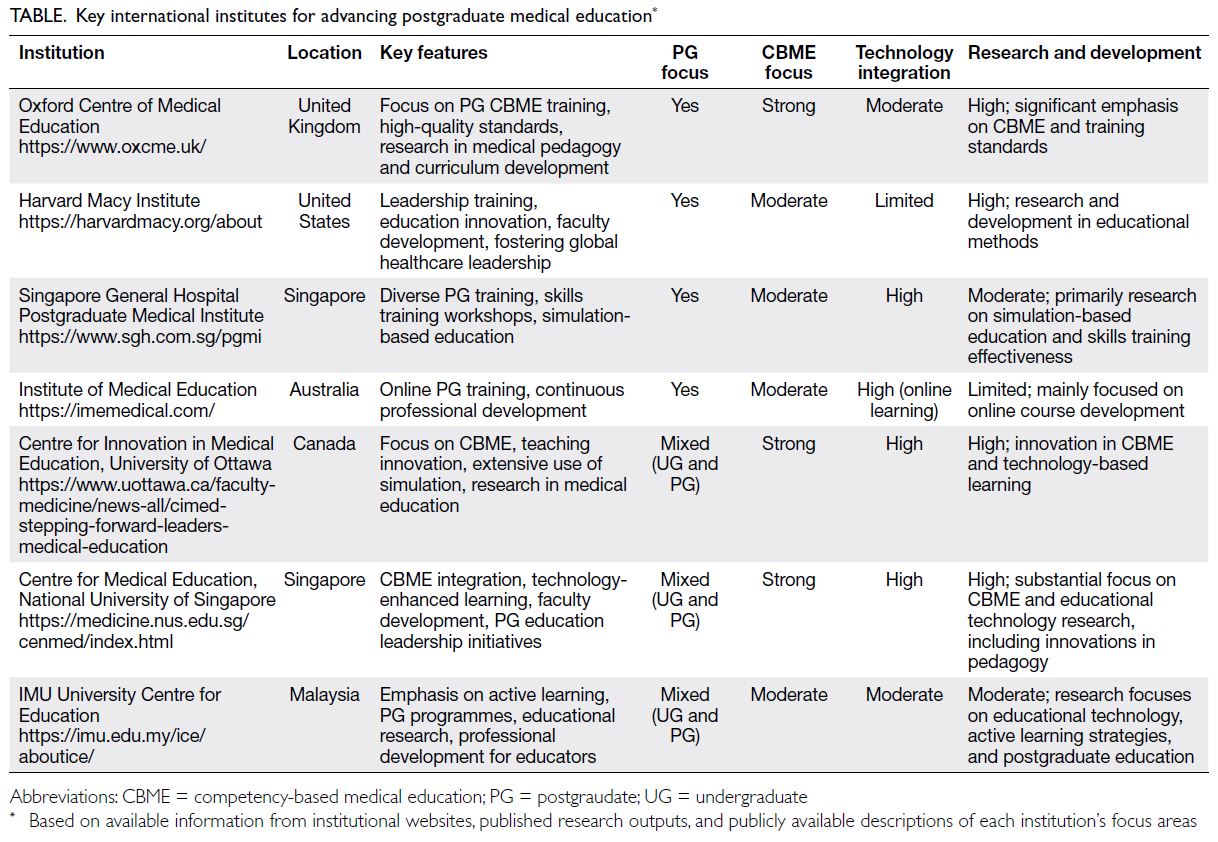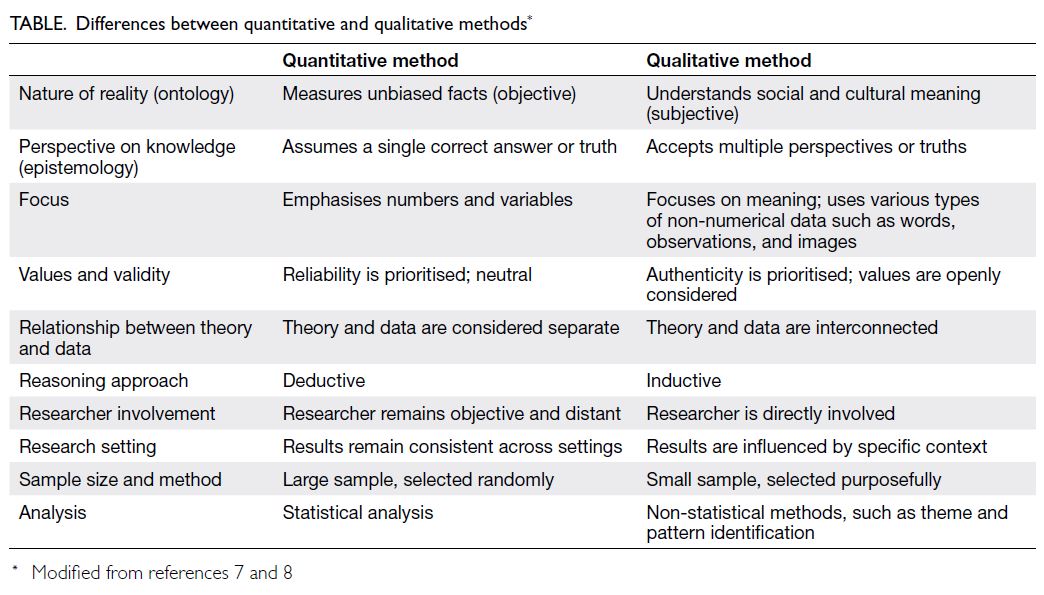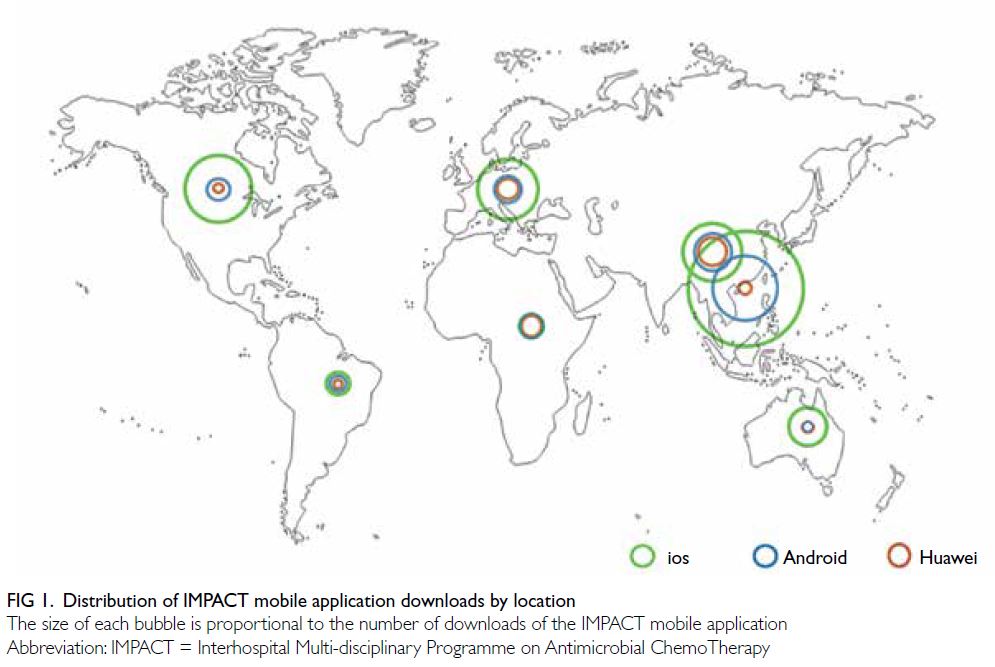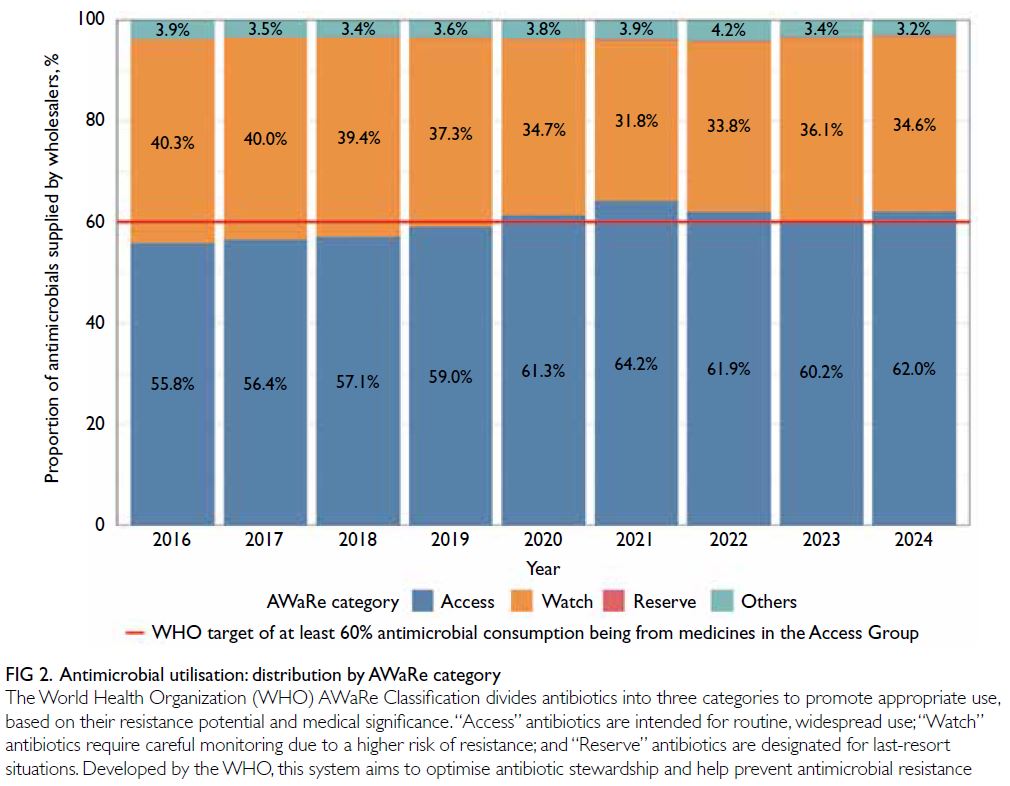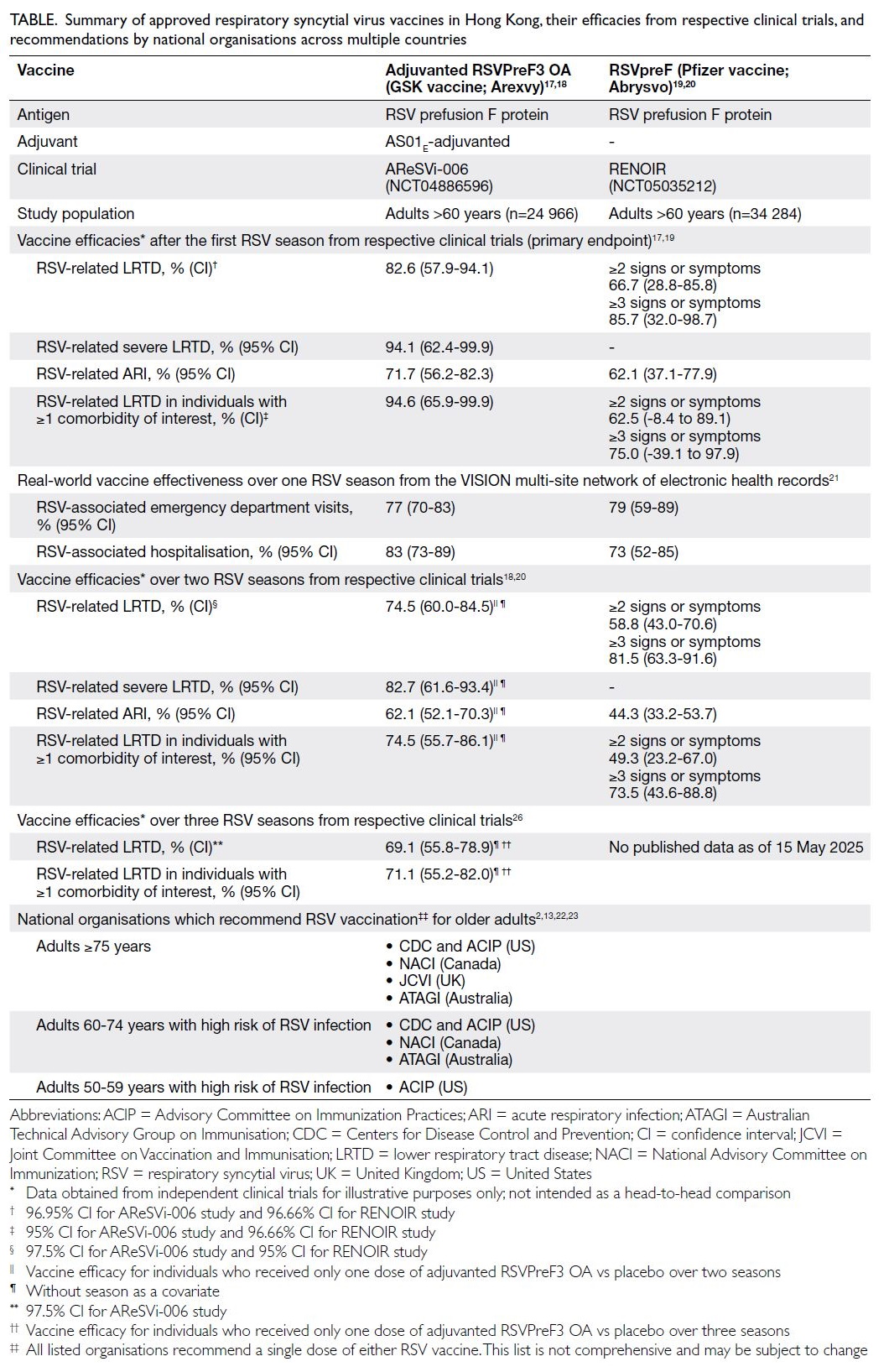Shaping a world-class medical device regulatory regime in Hong Kong, China
Hong Kong Med J 2025 Dec;31(6):422–5 | Epub 26 Nov 2025
© Hong Kong Academy of Medicine. CC BY-NC-ND 4.0
EDITORIAL
Shaping a world-class medical device regulatory
regime in Hong Kong, China
Tommy KC Lam, MHKIE1; Ambrose CH Wong, FHKAM (Community Medicine)1; Liza MK To, FHKAM (Community Medicine)2; Y Fung, FHKAM (Community Medicine)3; Ronald MK Lam, FHKAM (Community Medicine)4
1 Medical Device Division, Department of Health, Hong Kong SAR Government, Hong Kong SAR, China
2 Health Sciences and Technology Office, Department of Health, Hong Kong SAR Government, Hong Kong SAR, China
3 Regulatory Affairs, Department of Health, Hong Kong SAR Government, Hong Kong SAR, China
4 Department of Health, Hong Kong SAR Government, Hong Kong SAR, China
Corresponding author: Mr Tommy KC Lam (see1_mdd@dh.gov.hk)
Hong Kong, China is undergoing a transformative
shift in its approach to medical product regulation,
driven by the convergence of artificial intelligence
(AI), biomedical advancements, and a strategic goal
to position itself as an international hub for medical
innovation.1 For over two decades, the Medical
Device Administrative Control System (MDACS)
of the Department of Health (DH) has served as a
cornerstone in safeguarding public health in relation
to medical devices (MDs). Building on this foundation,
the DH is progressing towards a comprehensive
statutory framework aimed at upholding the highest
standards of safety and quality, while fostering an
environment that supports medical innovation.
The local regulatory framework for
medical devices
At present, Hong Kong, China has yet to establish
an overarching piece of legislation to govern the full
lifecycle of MDs, including their manufacture and
supply. Depending on their characteristics, certain
MDs may fall within the scope of existing laws,
such as the Pharmacy and Poisons Ordinance (Cap
138), the Radiation Ordinance (Cap 303), the Trade
Descriptions Ordinance (Cap 362), the Consumer
Goods Safety Ordinance (Cap 456), and so forth.
The DH introduced the voluntary MDACS
in 2004 as a transitional arrangement to safeguard
safety, quality, and performance, as well as to enhance
public awareness of MD safety. Implemented by the
DH, this initiative was designed as a pragmatic,
phased approach to prepare the industry for a future
statutory framework.
Consistent with best practices adopted globally,
MDACS operates through a two-pronged approach
covering pre-market control and post-market
surveillance. At its core lies a risk-based device
classification framework aligned with international
standards established by the International Medical
Device Regulators Forum,2 formerly the Global
Harmonization Task Force. This system categorises
MDs according to factors such as level of invasiveness, duration of contact with the body, and potential for
harm in the event of malfunction. General MDs are
classified into four classes, from Class I (lowest risk)
to Class IV (highest risk),3 while In Vitro Diagnostic
MDs are categorised from Class A (lowest risk) to
Class D (highest risk).4
Under the voluntary MDACS, only medium-to high-risk devices—namely Class II and above
General MDs, and Class B and above In Vitro
Diagnostic MDs—are eligible for listing, establishing
a form of pre-market control with regulatory
oversight proportionate to the potential risks posed
to public health. Complementing this, the system
incorporates an adverse event reporting mechanism
for all MD classes under the post-market surveillance,
through which manufacturers, importers, and users
can report incidents, thereby supporting timely risk
identification, recurrence prevention, and harm
mitigation.
The MDACS also covers the listing of
traders, including importers, distributors, and local
manufacturers, who are key players in the MD supply
chain. The framework places emphasis on the role of
Local Responsible Persons, who serve as the primary
link between the DH and MD manufacturers. They
play a pivotal role in post-market activities such as
incident reporting, recalls, and corrective actions,
ensuring robust and effective oversight.
Fostering regional and
international collaboration
With its internationalised background, Hong Kong,
China has traditionally enjoyed access to a wide range
of medical technologies from around the world and
has spearheaded numerous medical innovations.
Throughout its phased implementation, MDACS has
placed high importance on regulatory harmonisation
and convergence with international standards. In
addition to the evaluation of MDs by Conformity
Assessment Bodies recognised by the DH, which are
accredited organisations that independently assess
and certify MDs to ensure compliance with safety, quality, and performance standards set out
under the MDACS, marketing approvals from eight
reference regulatory jurisdictions are also accepted.
As of the end of October 2025, more than 8300 MDs
have been listed under MDACS, encompassing both
locally manufactured and imported devices.
The phased development of Hong Kong’s MD
regulatory system has been underpinned by close
collaboration with diverse stakeholders. Ongoing
engagement with industry, academia, and research
institutions has been instrumental in refining
MDACS. Timely updates of guidance documents on
emerging MD technologies, risk management, and
post-market surveillance have supported a practical
and efficient regulatory pathway for new devices,
benefiting both innovators and patients.
Collaboration also extends into the Greater
Bay Area (GBA), which is a key strategic priority. The
DH has actively engaged with the Guangdong–Hong
Kong–Macao Greater Bay Area Center for Medical
Device Evaluation and Inspection of the National
Medical Products Administration. Joint activities,
including seminars and training, have supported
the local industry in navigating the Chinese
Mainland’s regulatory and registration processes,
thereby fostering healthcare innovation and regional
cooperation.
A related policy, the “special measure of using
Hong Kong registered drugs and MDs used in
Hong Kong public hospitals in the GBA” (港澳藥械通), established in 2021, allows designated GBA
healthcare institutions to use MDs that are in use in
Hong Kong public hospitals and deemed urgently
needed for clinical purposes, subject to approval by
Guangdong Province regulatory authorities. As of
October 2025, this measure has enabled the use of
73 MDs across 45 designated institutions.5 Through
this approach, state-of-the-art and innovative MDs
of clinical and health benefits can gain expedited
access to the Chinese Mainland and enhance
the health of Chinese Mainland residents. These
initiatives form part of a broader plan to promote
regulatory innovation for medical products in the
GBA, aligning with Hong Kong’s unique position
as a super-connector in the region. Guided by
co-operation agreements and Memorandum of
Understanding, the Government has worked closely
with the National Medical Products Administration
and relevant authorities to create greater synergy in
the cross-boundary regulatory oversight of medical
products, including MDs.6 7
On the international front, the DH contributes
actively as a member of the Global Harmonization
Working Party, where it has led a Work Group
on post-market surveillance.8 Participation in such platforms enables Hong Kong to help shape
harmonised documents and ensure its regulatory
framework aligns with global best practices.
In August 2025, the DH signed a Memorandum
of Understanding with Singapore’s Health Sciences
Authority,9 covering regulatory cooperation on MDs. These collaborations underscore Hong Kong’s
commitment to building strong international
partnerships and advancing a more interconnected,
resilient, and innovation-friendly regulatory
ecosystem.
Transitioning to an innovation-friendly
statutory regime
The DH is systematically advancing MDACS towards
a comprehensive statutory framework through key
supporting measures. A significant driver has been
the Government’s policy of procuring MDACS-listed
devices in the public healthcare sector,
including those procured by the DH and the Hospital
Authority. This has incentivised the industry to list
their products, resulting in increased listings and
readiness for a smooth transition to mandatory
regulation.
In parallel, the DH has proactively addressed
challenges arising from novel technologies. New
guidance documents and technical references
have been developed for complex domains such as
software as a MD, cybersecurity, AI-enabled MDs,
and personalised MDs.10 These initiatives provide
the industry with clearer expectations, helping
innovators and entrepreneurs bring advanced
technologies to market responsibly and efficiently.
To further enhance regulatory efficiency,
the DH fully digitalised the listing process by
launching the Medical Device Information System
in 2024.11 This one-stop e-service platform enables
online applications and post-market surveillance
management, improving public service delivery and
internal operations. Building on this, the DH will
leverage emerging technologies—such as AI—to
streamline evaluations, accelerate approvals, and
strengthen data-driven regulatory oversight.
Building a hub for medical and health innovation
In line with international trends, the Government is
advancing preparatory work for legislation, targeting
the introduction of a legislative proposal into the
Legislative Council in 2026.
This is a key component of a broader
initiative to establish the Hong Kong Centre for
Medical Products Regulation (CMPR) in 2026
under the DH.12 13 Planned since June 2024 by its
Preparatory Office, the CMPR will consolidate
regulation of Western and Chinese medicines, as
well as MDs, under a single statutory framework.
It will institutionalise mechanisms for pre-market
approval, conformity assessment, and post-market
surveillance.
The unified regime is designed to safeguard
public health while remaining responsive to rapid
scientific and technological advances. Capacity-building
initiatives are underway to augment
regulatory capabilities. With legislation empowering
the CMPR and the Government’s commitment to
become a “leading, internationally renowned medical
products regulatory authority, driving excellence
and innovation”, Hong Kong, China is laying the
foundation for a regulatory system that protects
patients and promotes the research, development,
and commercialisation of cutting-edge medical
products.14
Wider Government initiatives to foster a fertile
health R&D ecosystem provide important synergies.
The Hetao Shenzhen–Hong Kong Science and
Technology Innovation Co-operation Zone is being
developed as a world class research hub and catalyst
for GBA growth, covering life and health technology
and AI.15 Complementing this, infrastructure such
as the GBA International Clinical Trial Institute,16
located within Hetao, will provide one-stop platforms
to support clinical trials and accelerate the translation
of scientific research into tangible patient benefits. A
Real-World Study and Application Centre will also
be established, alongside development of clinical
databases and biobanks, to position Hong Kong as a
leading global hub for real-world studies.17 18
A new vision for tomorrow’s health
The DH is committed to creating a regulatory
framework that balances stringent safety controls
with the necessary flexibility to encourage
innovation. This includes proactive engagement
with innovators and timely guidance for next-generation
technologies—such as AI-enabled MDs
and precision medicines—while actively monitoring
global best practices.
Realising this vision requires close
collaboration among innovators, manufacturers,
healthcare professionals, and researchers, whose
involvement in research, commercialisation, and
regulatory dialogue is essential to transforming
technological advances into better health outcomes.
By reinforcing its safety framework and cultivating
an innovation-friendly ecosystem, Hong Kong,
China is pursuing a proactive strategy to build global
leadership in healthcare technology and advance
towards a safer, healthier future.
Author contributions
All authors contributed equally to the conception, preparation,
and editing of the manuscript. All authors approved the final
version for publication and take responsibility for its accuracy
and integrity.
Conflicts of interest
All authors have disclosed no conflicts of interest.
References
1. Hong Kong SAR Government. The Chief Executive’s 2023 Policy Address: Develop into a Health and Medical
Innovation Hub—Establish a Drug Approval Authority based on "Primary Evaluation" in the Long Run. 25 Oct
2023. Available from: https://www.policyaddress.gov.hk/2023/en/p139a.html. Accessed
17 Aug 2025.
2. International Medical Device Regulators Forum. About IMDRF. Available from: https://www.imdrf.org. Accessed 17 Aug 2025.
3. Medical Device Division, Department of Health, Hong Kong SAR Government.
Medical Device Administrative Control System:
Classification of General Medical Devices. Available from:
https://www.mdd.gov.hk/filemanager/common/mdacs/TR003E.pdf. Accessed 20 Nov 2025.
4. Medical Device Division, Department of Health, Hong Kong SAR Government.
Medical Device Administrative Control System:
Classification of In Vitro Diagnostic Medical Devices.
Available from: https://www.mdd.gov.hk/filemanager/common/mdacs/TR006E.pdf. Accessed 20 Nov 2025.
5. Medical Device Division, Department of Health, Hong
Kong SAR Government. Measure of using HK registered
drugs and medical devices used in HK public hospitals
in Guangdong–Hong Kong–Macao Greater Bay Area.
Available from: https://www.mdd.gov.hk/en/whats-new/measure-of-using-hk-registered-drugs/index.html. Accessed 19 Nov 2025.
6. Hong Kong SAR Government. Secretary for Health
meets Commissioner of National Medical Products
Administration and renews Co-operation Agreements
(with photos) [press release]. 8 May 2024. Available from: https://www.info.gov.hk/gia/general/202405/08/P2024050800443.htm. Accessed 10 Oct 2025.
7. Hong Kong SAR Government. S for Health meets
Guangdong Provincial Medical Products Administration
delegation (with photos) [press release]. 27 Mar 2023. Available
from: https://www.info.gov.hk/gia/general/202303/27/P2023032700690.htm. Accessed 13 Oct 2025.
8. Global Harmonization Working Party. WG4 Post-Market. Available from: https://www.ghwp.org/members/technical-committee/wg-4-post-market. Accessed 17 Aug 2025.
9. Hong Kong SAR Government. Secretary for Health
continues visit to Singapore (with photos) [press release]. 13 Aug
2025. Available from: https://www.info.gov.hk/gia/general/202508/13/P2025081300574.htm. Accessed 17 Aug 2025.
10. Medical Device Division, Department of Health, Hong
Kong SAR Government. Medical Device Administrative Control System: Technical References. Available
from: https://www.mdd.gov.hk/en/mdacs/issued-documents/technical-references/index.html. Accessed 17 Aug 2025.
11. Medical Device Division, Department of Health, Hong
Kong SAR Government. Medical Device Administrative Control System: Medical Device Information
System. Available from: https://www.mdd.gov.hk/en/mdacs/mdis/index.html. Accessed 17 Aug 2025.
12. Department of Health, Hong Kong SAR Government.
Preparatory Office for the Hong Kong Centre for Medical
Products Regulation. Available from: https://www.dh.gov.hk/english/main/main_pocmpr/main_pocmpr.html.
Accessed 20 Aug 2025.
13. Hong Kong SAR Government. The Chief Executive’s
2025 Policy Address: Chapter IV Industry Development
and Reform, Paragraph 63. 25 Sep 2025. Available from: https://www.policyaddress.gov.hk/2025/public/pdf/policy/policy-full_en.pdf. Accessed 25 Sep 2025.
14. Hong Kong SAR Government. DH announces timetable
for establishing CMPR and roadmap towards phased
implementation of “primary evaluation” (with photo/video) [press release]. 26 Jun
2025. Available from: https://www.info.gov.hk/gia/general/202506/26/P2025062600281.htm. Accessed 17 Aug 2025.
15. Hong Kong SAR Government. LCQ12: Hetao Shenzhen–Hong Kong Science and Technology Innovation Co-operation
Zone [press release]. 11 Dec 2024. Available
from: https://www.info.gov.hk/gia/general/202412/11/P2024121100302.htm. Accessed 20 Nov 2025.
16. Hong Kong SAR Government. Greater Bay Area
International Clinical Trial Institute officially opened in
Hong Kong Park of Hetao Shenzhen–Hong Kong Science and Technology Innovation Cooperation Zone (with photos) [press release]. 21 Nov
2024. Available from: https://www.info.gov.hk/gia/general/202411/21/P2024112100163.htm. Accessed 17 Aug 2025.
17. Hong Kong SAR Government. Under Secretary for Health
chairs third meeting of Steering Committee on Health
and Medical Innovation Development (with photos) [press release]. 12
Jun 2025. Available from: https://www.info.gov.hk/gia/general/202506/12/P2025061200317.htm. Accessed 10 Oct 2025.
18. Hong Kong SAR Government. Government delegation
attends Guangdong–Hong Kong–Macao Greater Bay Area
Clinical Trial Collaboration meeting in Shenzhen (with
photos) [press release]. 29 Jul 2025. Available from: https://www.info.gov.hk/gia/general/202507/29/P2025072900830.htm. Accessed 10 Oct 2025.


